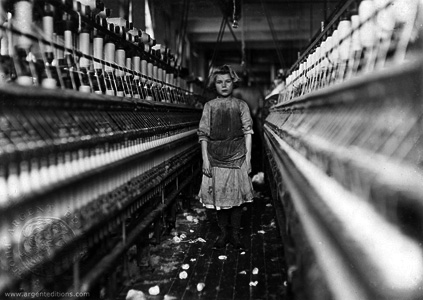
People’s World originally ran this article on January 10, 2013.
Greed and horror
In the worst industrial disaster in Mass. state history, the Pemberton Mill in Lawrence collapsed on January 10, 1860, trapping 900 workers, most of them recent immigrants, many women and children. An estimated 145 workers died in the collapse and ensuing fire, scores more were horribly injured.
The Pemberton Mill was a five-story brick textile factory. The collapse was determined to have been caused by a number of preventable factors. Ignoring load limits, extra heavy machinery had been crowded into the upper floors of the factory in an attempt to boost its profits. Investigators also discovered substandard construction: brick walls were improperly mortared and supported; iron pillars supporting the floors were cheap and brittle.
The Boston Globe vividly described the carnage:
“The scene after the fall was one of indescribable horror. Hundreds of men, women, and children were buried in the ruins. Some assured their friends that they were uninjured, but imprisoned by the timbers upon and about them. Others were dying and dead. Every nerve was strained to relieve the poor unfortunates, when, sad to relate, a lantern broke and set fire to the wreck. In a few moments the ruins were a sheet of flames. Fourteen are known to have been burned to death in the sight of their loved ones, who were powerless to aid them.”
Safety standards
The Scientific American wrote, “…there is now no doubt that the fall of the building was owing to the most gross negligence and want of fidelity in casting the columns.”[ The tragedy became a rallying point for efforts to improve safety standards in industrial workplaces.
Militant history
Textile workers in the U.S. have a militant history. Here are links to three Peoplesworld.org articles: https://www.peoplesworld.org/today-in-labor-history-1934-textile-workers-strike-begins/ , https://www.peoplesworld.org/sophie-gerson-labor-heroine-and-communist-96/ , https://www.peoplesworld.org/crystal-lee-sutton-thunder-in-north-carolina/
Child labor
Especially in textile mills, factory owners hired children, often hired together with their parents. Many families in mill towns depended on the children’s labor to make enough money for necessities. The National Child Labor Committee, an organization dedicated to the abolition of all child labor, was formed in 1904.
Lewis Hine, a New York City schoolteacher and photographer, believed that a picture could tell a powerful story. He felt so strongly about the abuse of children as workers that he quit his teaching job and became an investigative photographer for the National Child Labor Committee.
“There is work that profits children, and there is work that brings profit only to employers. The object of employing children is not to train them, but to get high profits from their work.” Lewis Hine, 1908.
Photo: Young girl working in textile mill. Lewis Hine










